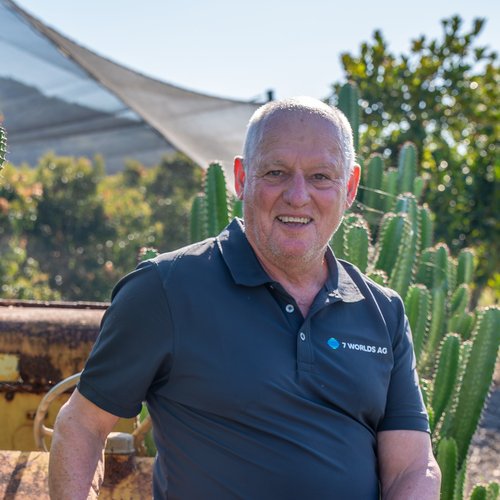Nutrien Ag Solutions’ agronomists in the Mackay and Burdekin irrigation area have developed one of the first industry blueprints balancing the complex requirements of government legislation and regulations, farm productivity and fertiliser use in the Great Barrier Reef catchment area.
For the past four years, the Nutrien team has worked with cane growers, catchment authorities and government representatives to build tailored nutrient management plans (NMPs) for individual farms, to ensure they comply with strict water quality legislation and regulations.
Nutrien Ag Solutions NMPs are now being used by 120 growers farming approximately 25,000ha between Cairns and Bundaberg, and have the potential to be applied to other farming areas and industries.
Nutrien North Queensland farm services technical agronomist, Audra Allan, said the initial process required a significant amount of planning and information, including regular liaison with officers from Queensland’s Department of Environment and Science.
“This work started in December 2020 when the government legislated that each grower in the GBR catchment had to develop an annual nitrogen and phosphorus budget prior to 2021 fertiliser applications,” Ms Allan explains.
“The aim was to encourage growers to adopt practice changes to improve water quality, such as reducing nitrogen use on old ratoons and growing legume crops instead of spraying out fallow, to minimise the risk of sediment run-off.
“With some funding from Catchment Solutions, we called for expressions of interest and started working with growers to develop plans for individual farms. There was no system available at that time, so Nutrien developed a detailed program to compile all the inputs which led to the development of our own proprietary software.”
It was a long and methodical process.
The initial NMP collates an exhaustive range of information, including soil tests, mill data – farm block data such as yield and paddock numbers, harvest dates, GIS folders, electronic shape files, and regional soil maps from the Department of Agriculture and Fisheries, that enable them to marry up information to match the nutrients present in specific soil types.
Also included are details of mill products used, ameliorant application by growers, and specifics of fertiliser used at planting, such as whether it’s liquid or granular and the application rates.
“Once all that is pulled together, we can identify potential constraints and recommend tailored solutions to the grower with a map of recommended products and application rates for each block,” Ms Allan says.
“We also create a nitrogen and phosphorus budget for their farm, based off soil tests on every single block, and the farmer is not allowed to exceed the farm nitrogen and phosphorus budgets,” she says.
“Within 12 months of planting and final fertilising of ratoons, we go back and collect all grower actuals, what they’ve applied and when, at what rate and who put it on, which is part of legislated record keeping. The NMP is a living document, so after the initial input, it does become easier to review and modify.
“At the end the growers receive a bound report and an electronic copy, and Nutrien agronomists are also available to sit in on compliance visits from government officers if growers want us to.”
As the first retailer to offer NMPs, the company has developed its own proprietary software for the plans and is currently building in carbon emissions profiling.
Division merchandise and fertiliser manager for North East Coastal Queensland, Cameron Morris, said growers have been impressed by the ease of compliance using the NMPs, and in some cases, have actually reduced the amount of fertiliser applied with no loss of yield.
“Not only do the NMPs meet the legislation and regulatory requirements for government compliance and record keeping, they also assist towards grower accreditation for the industry’s best management practice program, Smartcane BMP,” Mr Morris says.
“There’s no reason why Nutrien’s system couldn’t be used in any cropping area that is facing challenges from increased urbanisation or regulation in environmentally sensitive areas.”
Peter Melville, Nutrien’s national horticulture category manager, said the company’s role in liaising between government and growers to find a solution makes good sense, and he can see situations in other industries where NMPs will potentially be required in the future.
“Helping a customer to get a crop from start to finish with best management practice and making a profit is as important to us as it is to the grower, because we’re not successful unless they’re successful,” Mr Melville says.
“We believe this can be adapted or would have application for the likes of Horticulture producers in peri-urban fringes and other sensitive catchment areas, and that the NMPs we’ve developed will be critical in maintaining growers’ right to farm.”




